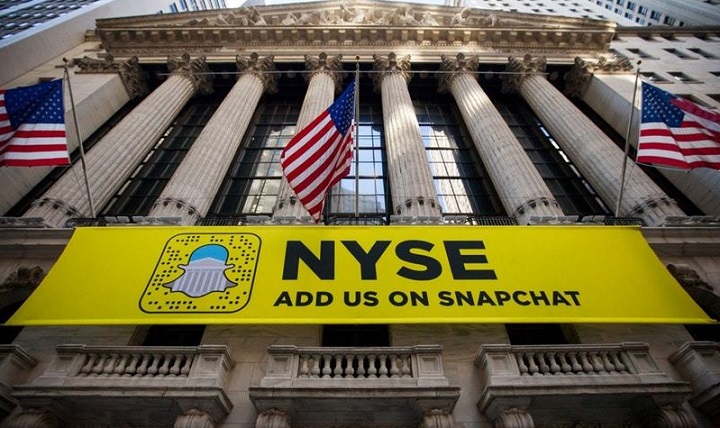The morning after Snap Inc.’s (NYSE:$SNAP) shares fell below its initial public offering (IPO) price, Snap’s lead IPO underwriter Morgan Stanley (NYSE:$MS) admitted in a note, “We were wrong.”
The equity research team at Morgan Stanley has had a complicated relationship regarding Snap. In April, they called for a correction on the first research note on Snap. According to Business Insider, the bank corrected several metrics of Snap’s financial model but did not change its $28 price target. Now, Morgan Stanley is changing its stance on Snap again. Following yesterday, the bank has proceeded to downgrade Snap to neutral and lowered its price target to $16 — a 42% decrease.
An analyst at Morgan Stanley, Brian Nowak, addressed the situation in a note to clients on July 11, saying that, “We have been wrong about SNAP’s ability to innovate and improve its ad product this year (improving scalability, targeting, measurability, etc.) and user monetization as it works to move beyond ‘experimental’ ad budgets into larger branded and direct response ad allocations.”
Nowak, despite admitting his mistakes and downgrading Snap’s stock today, still remains hopeful for the company. He cites his reasons for downgrading the company to be because of slower-than-expected improvements — the social media company has been lagging when it came to gaining new users, releasing new features, and pleasing its advertisers.
“We move to [neutral] and will monitor four areas of innovation which could improve SNAP’s ad product and advertiser demand,” Nowak explained. “For now, though, we are 9%/12% below Street ‘17/’18 revenue and 16%/76% below on adj EBITDA.”
The four areas of innovation Morgan Stanley will monitor are:
Ad completion rates
Initially, advertisers were drawn to Snapchat because ads could be placed between content — like Snapchat Stories — by its users. Snap told advertisers that they will be able to promote to the popular millennial consumer bracket, noting that how they placed ads between content felt more personable compared to other social media platforms.
Snapchat has, however, failed to deliver. According to Morgan Stanley, Snapchat’s completion rates for ads have been lower than expected. As such, advertisers are now questioning whether or not they should continue advertising on Snapchat as Instagram and Facebook have higher completion rates.
Return on investment
When advertisers spend money to show their ads on any platforms, they want to benefit from these ads. In other words, advertisers invest in their ads. Besides lower completion rates, advertisers with ads on Snapchat are also seeing lower returns on their investments. As a result, advertisers are not increasing ad budgets on Snap’s social media platform, explained those at Morgan Stanley.
Bidding platform rollout
Snap has made an automated bidding platform for advertisers who want to show their ads on Snapchat — however, this platform is yet to be fully operational, delaying advertisers’ easy access to purchasing ads on Snapchat. Nowak doesn’t expect the bidding platform to be in full swing until the end of 2017, or early 2018.
Competition
Instagram and Facebook — possibly Snap’s biggest competitors in the social media industry — have been implementing features similar to Snapchat’s to their platforms faster than investors had expected. Not only have both Instagram and Facebook — both owned by Facebook (NASDAQ:$FB) — copied Snapchat’s popular “Stories” feature, both platforms are aggressively fighting to attract and keep advertisers on their social media sites/apps.
According to Nowak, Instagram is upping advertiser interest by offering free lenses. This is expected to hit Snap pretty hard as sponsored lenses are responsible for about 50% of the company’s revenue.
These four areas, if further improved and managed smarter, can help Snap gain some growth. Nowak noted that this isn’t the first time a social media platform has struggled with developing effective advertising platforms. Google Search, YouTube, Facebook, and Twitter amongst many others have all struggled, Nowak continued, for SNAP, the important thing now is to improve and implement better ad executions and offerings.
Featured Image: Twitter










